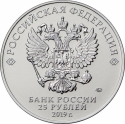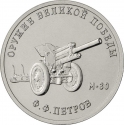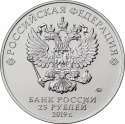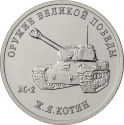You are about to finish your registration. Please check your mailbox (including spam folder). There should be a letter with a confirmation link. Check setting to make sure that your e-mail address is correct.
Send letter againDescription
The Eastern Front of World War II was a theatre of conflict between the European Axis powers and co-belligerent Finland against the Soviet Union, Poland and other Allies, which encompassed Northern, Southern and Central and Eastern Europe from 22 June 1941 to 9 May 1945. It has been known as the Great Patriotic War in the former Soviet Union and in modern Russia.
The battles on the Eastern Front constituted the largest military confrontation in history. They were characterized by unprecedented ferocity, wholesale destruction, mass deportations, and immense loss of life due to combat, starvation, exposure, disease, and massacres. Of the estimated 70 million deaths attributed to World War II, over 30 million, many of them civilian, occurred on the Eastern Front. The Eastern Front was decisive in determining the outcome of the European portion of World War II, eventually serving as the main reason for the defeat of Nazi Germany. It resulted in the destruction of the Third Reich, the partition of Germany for nearly half a century and the rise of the Soviet Union as a military and industrial superpower.
Date of issue: 2 December 2019
Obverse

|
In the centre the relief image of the National Coat of Arms of the Russian Federation, above the semicircular inscription along the rim THE RUSSIAN FEDERATION framed on both sides by ornamental elements of doubled rhombuses, in the lower part of the disc, at the edge the horizontal inscription BANK OF RUSSIA, 25 RUBLES and the date 2019 under it, over it to the right the mint trade mark. РОССИЙСКАЯ ФЕДЕРАЦИЯ |
|---|---|
Reverse

|
Depicts a relief image of the Shchuka-class submarine and the inscription SHCHUKA on the right; along the rim there are the inscriptions WEAPONS OF THE GREAT VICTORY at the top and B.M. MALININ at the bottom. ОРУЖИЕ ВЕЛИКОЙ ПОБЕДЫ |
| Edge |
180 corrugations |
25 Rubles
Weapons Designers of the of Great Patriotic War Victory (1941-1945)
Boris Malinin - Submarine Shchuka
Subscribe series
KM#
Weapons Designers of the of Great Patriotic War Victory (1941-1945)
Boris Malinin - Submarine Shchuka
Characteristics
| Type | Commemorative Issue (Non-circulating) |
| Material | Cupronickel |
| Weight | 10 g |
| Diameter | 27 mm |
| Thickness | 2.3 mm |
| Shape |
|
| Alignment | Medal |
| Mint |
Moscow Mint (MMD)
|
Related coins
Weapons Designers of the of Great Patriotic War Victory (1941-1945)
Weapons Designers of the of Great Patriotic War Victory (1941-1945)
Weapons Designers of the of Great Patriotic War Victory (1941-1945)







